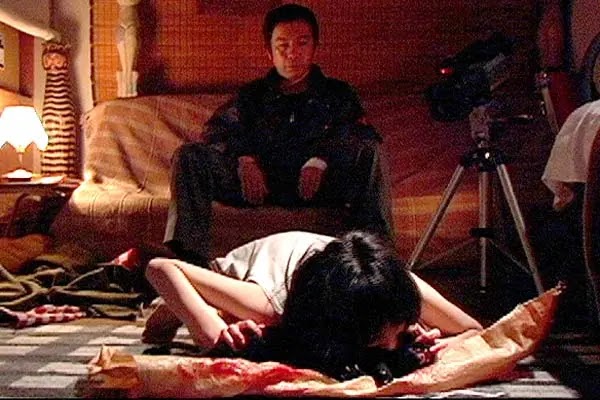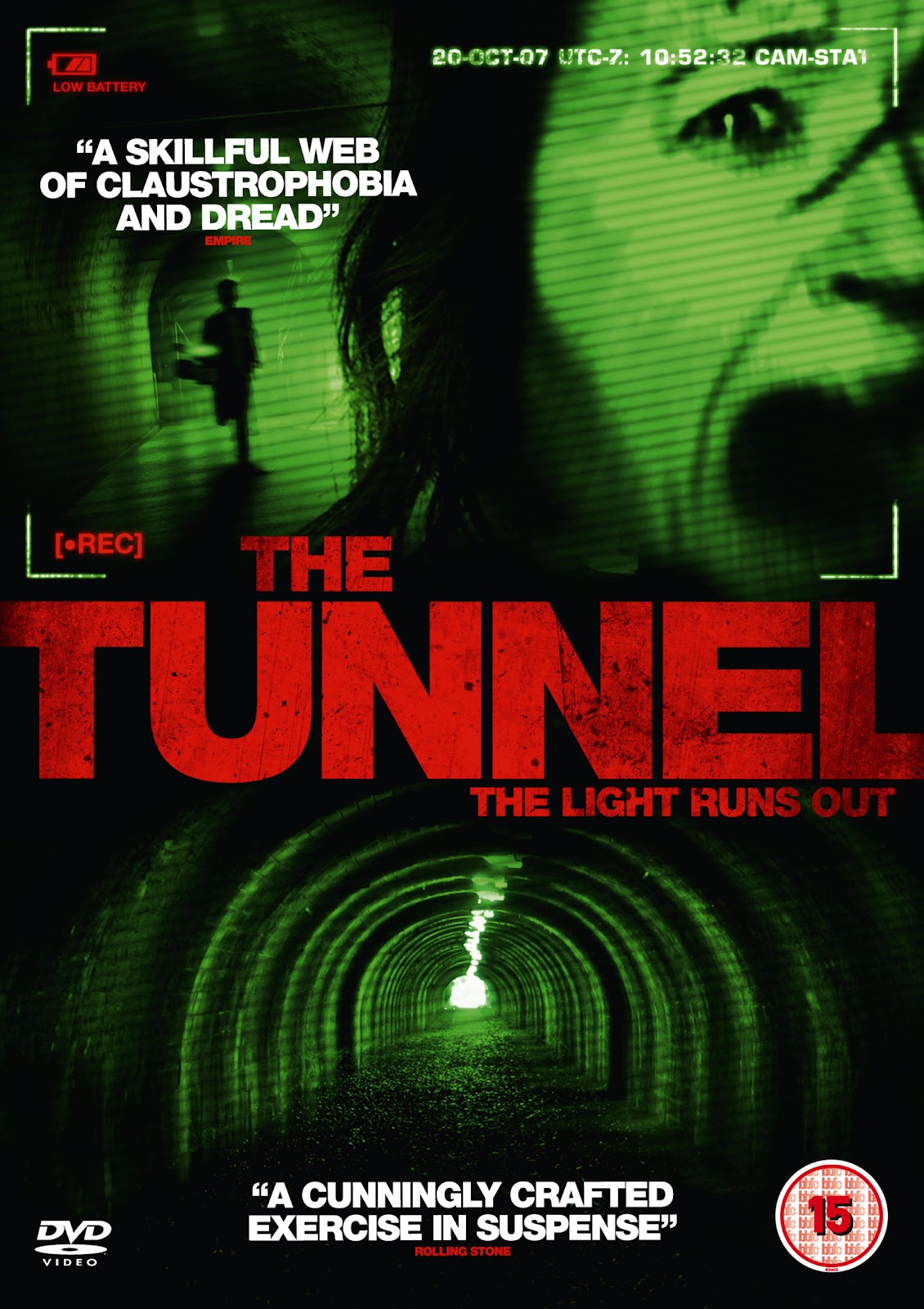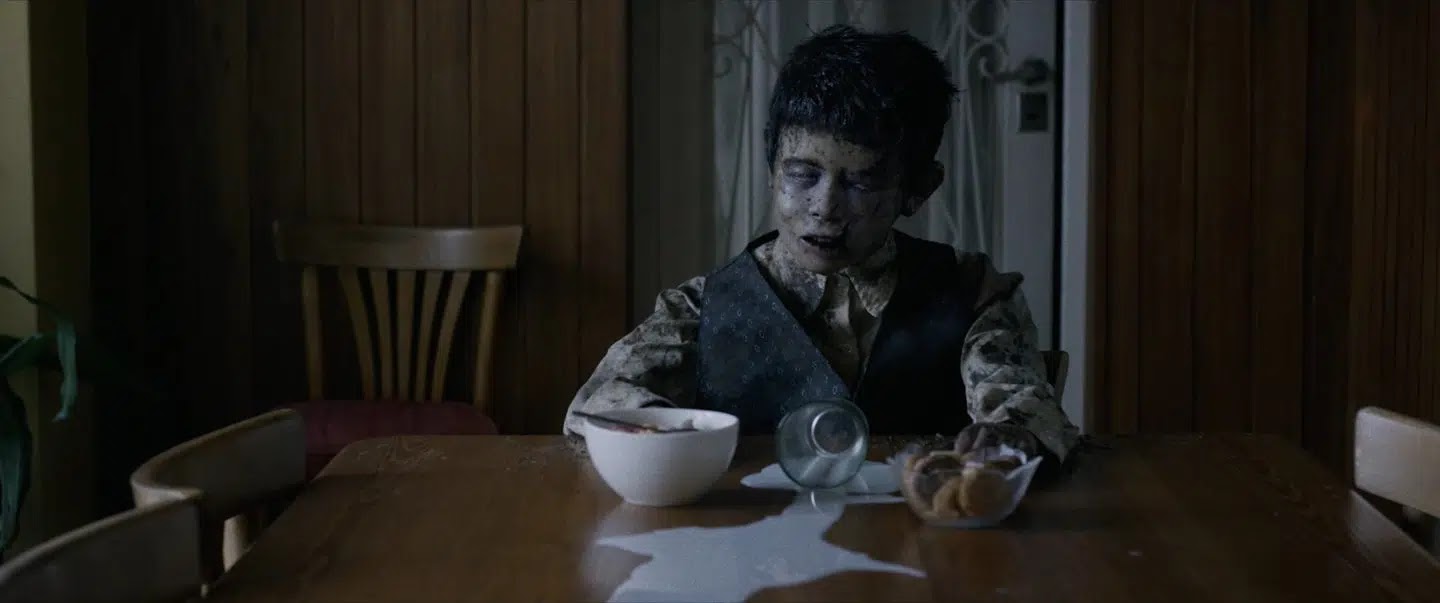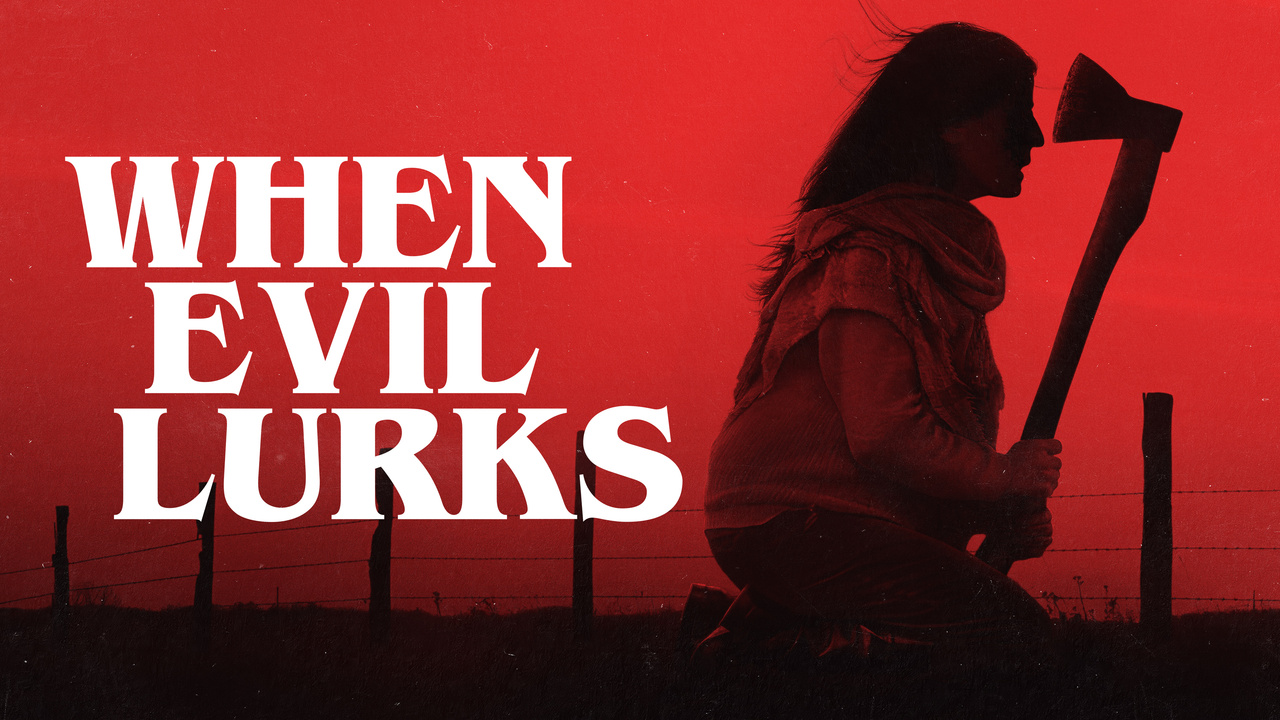Neo-noir films became extraordinarily popular in the 1970s, as the elements of alienation, moral ambiguity, corruption, and extreme pessimism in the classic noir films found new traction in the post-Vietnam/Watergate era. New elements of conspiracy theories, nihilism, and more explicit violence and perversity moved to the forefront.
Most of the best films of the era are widely-known: The Friends of Eddie Coyle, The Long Goodbye, The Conversation, Chinatown, Klute, The Taking of Pelham 123, and more. Here, I’ve chosen five much lesser-known films that may be of interest to genre fans. So if you’re a die-hard fan looking for something you may have missed, or if you’re new to the genre and want to find a jumping-in point, let’s take a spoiler-free deep dive into crime and existential suffering, neo-noir style.
Night Moves (1975)
Arthur Penn’s somber, cynical, strongly emotional film isn’t nearly as well-known as it deserves to be today, and that’s a crime. Gene Hackman plays Harry Moseby, an ex-football player turned reluctant private investigator in Los Angeles. Moseby suffers from the kind of existential angst that Viktor Frankl wrote of, a man who finds that the ultimate horror of life in an existential vacuum isn’t violent crisis or hysterical breakdown, but eternal boredom… a boredom that can seem worse than death. At the start of the film, he jokes self-consciously about his past as a pro ball player, declines joining a P.I. firm because he refuses to be part of an “information collection machine,” and finds his taken-for-granted marriage unravelling.
The mystery Harry stumbles into involves a missing person’s case: the sixteen year-old daughter, Delly (a young Melanie Griffith), of an aging small-time movie star. After tracking down leads in and around film sets, he follows a thread to the Florida Keys and Penn shifts the tone from Hollywood Boulevard to Key Largo. He finds her hunkered down with her biological father and a mysterious dolphin-feeding woman named Paula (Jennifer Warren). In locating Delly and returning her to her mother, Harry uncovers family dynamics as perverse as anything you’ll find in a Faulkner novel: sex, incest, drug abuse, neglect, apathy, and a sociopathic absence of empathy. Penn nods to noir’s history of linking Hollywood and social power to corruption and moral degradation, but pushes things to near Manson-family extremes that only get worse as the film continues.
The MacGuffin-like crime at the heart of the film is stunningly simple and suggested in an early scene involving the lucrative business of selling indigenous artifacts, but Penn obfuscates much of it by providing few answers as to motivation and delving into the perversity of a group of characters who care nothing for each other except what they can get out of them. This is perhaps the most transactional movie of the era regarding human relationships, which is a devastating indictment of mid-‘70s America.
Penn riffs off several noir classics. Harry Moseby’s name eerily echoes Harry Morgan, the cynical boatman/smuggler who finally takes a stand in To Have and Have Not. The film’s conclusion plays off both the cornfield scene in North by Northwest and the maritime conclusion of Key Largo. While each of those films provided a moment of life-changing catharsis for the hero, Penn allows for no such romanticism here. Even the deadpan attempts at hard-boiled flirting between Hackman and Warren fall flat, leaving the characters without a language outside of surface-level back-and-forth dialogue. Harry tries to find an antidote to his fundamental lack of meaning by acting out the role of a noir private eye only to find a killing superficiality that has run its course.
The fundamental scene that gets to the core of Harry’s fractured sense of identity centers around a portable chess board he carries with him. Harry, ever alienated, never plays chess against another person, but endlessly replays famous matches from the past. When Warren asks him about it he responds that he’s replaying a 1922 match where Black had an easy mate that he completely missed:
"Black had a mate, but he didn't see it. Three little night moves, but he didn't see it. He played something else, and he lost. He must have regretted it every day of his life. As a matter of fact I do regret it, and I wasn't even born yet.
Warren’s response, “Well, that’s no excuse,” is one of the many lines in the film that seem like a banter throwaway but carries a much deeper meaning unknown to the characters. Harry is out of excuses, out of answers, and even out of the right questions to ask. At the film’s conclusion, he’s literally going in circles on an open sea completely indifferent to his fate. Night Moves, for me, is the best neo-noir film of the era to combine a merciless cynicism with a profoundly emotional sense of loss. There’s really no other movie I can compare it to.
Mikey and Nicky (1976)
Writer/director Elaine May’s stripped-down noir character study had a disastrous production history (more on that later), but stands as a remarkable Philly neo-noir. May boils the elements of a street-level crime thriller down to what would normally be the final 20 minutes of a more conventional film, leaving us with the final, desperate run of a pair of bottom-of-the-barrel crooks.
John Cassavetes play Nicky, a small-time hood who stole from the mob and is convinced there’s a hit out on him. Peter Falk plays Mikey, his kinda/sorta friend, whom he calls in desperation for help. Nicky opens the film in a full-blown paranoia, holed up in a seedy hotel drinking himself into a perforated ulcer. When Nicky shows up, the film simply follows them for a few hours in and out of dive bars, all-night diners, and seedy apartments as they stumble blindly through a back-alley Philadelphia gorgeously shot in contrasts of light and shadow, trying to stay one step ahead of the contract killer (Ned Beatty) always lurking a few steps behind.
And speaking of Beatty, this is one of the ‘70s films that showcase how much he could get out of a small supporting performance. He plays the hit man as an inept, harried businessman desperately in need of making a “sale.” His frustration is deepened by a plot twist that I won’t reveal here, but adds so much to the nihilistic outlook of the film.
And when I say plot twist I’m not quite accurate, as the film has no real plot to speak of, which is the point. Mikey and Nicky isn’t so much a genre deconstruction as it is a full dismissal of the centrality of the mystery to crime films. It’s the Waiting for Godot of noir. Mikey and Nicky are thorough shits as characters: crass, narcissistic, abusive, and bigoted. Yet Falk and Cassavetes inhabit them so fully as characters that you can’t help being sucked into their stories and the verbal and body language they use to tell them. This is method acting on steroids, and the result is mesmerizing. Much of the dialogue was improvised, yet strikes as painfully, unflatteringly honest. May shot almost a million and a half feet of film, allowing the actors to experiment for hours at a time on a single scene.
And that directorial extravagance is what led Paramount to pull final cut from May and edit a disastrous version that they dumped in a few theaters and left to die. Critics and audiences loathed the film until over a decade later when May was able to assemble a director’s cut that played to acclaim on the festival circuit. Much later, Criterion released a new director’s cut on dvd that gives an idea of what ‘70s audiences missed out on. Be wary if streaming to find the May cut and not the incomprehensible theatrical version.
The Late Show (1977)
Robert Benton’s The Late Show is hardly a lost film, but has certainly been overshadowed by other neo-noir films of the ‘70s. Both love letter to the classic noir thrillers and a meditation on aging generational values as well as aging people, the film finds humor in quirkiness and a playful confrontation of Eisenhower-era masculinity and 1970’s encounter-movement sensibilities and crass hipster commercialism. It also has the honor of being the only noir film to begin with a case of a kidnapped cat.
Opening with a lingering shot of an Underwood typewriter while a muted trumpet plays a slow jazz riff, the film adheres to a loving reproduction of noir aesthetics while playing out as a funeral dirge to the destructive heart of hard-boiled ethos.
Art Carney plays Ira Wells, an elderly private eye with a lame leg, a hearing aid, and a severe ulcer who rents a room in a shabby LA home, eking out a living handling small cases with the same tough-talking attitude of decades past. He meets Margo (Lily Tomlin), an eccentric young free-spirit whose hobbies include being a talent agent, aspiring dressmaker, pot dealer, yoga-practitioner, and cat-lover. When she approaches Ira to get him to take the case of her stolen cat at the funeral of his recently murdered friend, Ira rudely rebuffs her. Eventually Ira realizes that the catnapping and his friend’s murder are linked, and the film heads down a clash-of-generations rabbit hole worthy of a Chandler plot.
The pure joy of this film comes from watching Carney and Tomlin give incredible performances, riffing off each other like improv jazz musicians. While the character-out-of time trope provides wonderful laughs, it’s the way Carney and Tomlin grow in their mutual understanding of each other and the vulnerability they show that gives the film a real heart. Carney’s Ira is never simply played for laughs and Tomlin’s Margo is no stereotypical oddball. Benton has the courage to allow the performers to bring depth and respect to their roles, which makes the sentimental core of the film come across as authentic rather than schmaltzy.
Even the hilarity of a high-speed chase involving Margo's VW microbus, the hapless commodity-worshipping crooks (one of whom refuses to jump in a pool when prodded at gunpoint because it will ruin his cashmere jacket), and the whacky missing cat plotline give way to the relationship between Ira and Margo as it evolves from mutual disregard to grudging respect to something far deeper.
Without spoiling anything, at the conclusion Margo tells Ira she plans to get a P.I. license and team up with him. He responds:
“That’s just what this town’s been waiting for. A broken down old private eye with a bum leg and a hearing aid, and a fruitcake like you.”
Speaking for myself, yeah… that’s exactly what I’ve been waiting for.
The Grissom Gang (1971)
Robert Aldrich had already directed the film noir classic Kiss Me Deadly and Gothic favorites Whatever Happened to Baby Jane? and Hush… Hush, Sweet Charlotte before The Grissom Gang, a strangely fascinating blend of neo-noir period crime and twisted Southern Gothic sensibilities. Critics vomited a deluge of bile on the film during its initial release for its over-the-top, sweaty sexuality, graphic violence, and layers of depravity… the very things that later critics and audiences would praise it for.
Aldrich takes no prisoners in this depression-era tale of a Missouri heiress (Kim Darby) who is kidnapped by her boyfriend and his cohorts, only to be doubly kidnapped by the infamous Grissom Gang, who kill her initial captors and keep her as an object of ransom. The Grissom Gang are repugnant, animalistic, and amoral. Darby’s Barbara Blandish (note the symbolism in the surname) is cold, calculating, and ruthless. What would have been a simple gangster shoot ‘em up in other hands becomes a deeply psychosexual power play between the haves and the have-nots in Aldrich’s hands.
Much of the film takes places in confined spaces: filthy barns, rooms with walled-up windows, a literal cage. The camera angles and lighting are mildly disorienting, and the atmosphere so thick you can almost smell the sweat, grime, and desperation from the characters. Tommy gun bullets fly, dynamite explodes, people are tortured, hacked, and slashed. This is neo-noir meets Grand Guignol. In a hallmark of ‘70s neo-noir cynicism, everyone in this film is morally bankrupt. No heroes, no victims, only people trying to use each other for their own purposes. To call it dark is a serious understatement. This one’s hard to find, but definitely worth the effort in tracking it down.
The Domino Principle (1977)
Hollywood jumped on the conspiracy thriller bandwagon before the ink was dry on Woodward and Bernstein’s Watergate articles. Most of these paranoid thrillers are well-known: The Conversation, Three Days of the Condor, The Parallax View, Marathon Man, All the Presidents Men. So why draw attention to Stanley Kramer’s much-maligned political neo-noir The Domino Principle? To be honest, there’s a powerful, personal nostalgic draw for me.
I read the novel in high school and tracked down a vhs copy at a time when I was obsessed with Gene Hackman’s ‘70s crime film performances. But beyond that, the film has an incredible cast including Hackman, Mickey Rooney, Eli Wallach, Candace Bergen, and Richard Widmark. It is also so decidedly bizarre in its delving into a conspiracy so convoluted that even the characters don’t seem to know what’s really at stake. In a way, it’s the ultimate conspiracy film as it attempts to push the already crowded subgenre to its logical conclusion: conspiracy theories thrive on producing more questions than can be possibly be answered, and every unanswerable question further drives the conspiracy.
The film starts with a bizarre pre-title montage of newsreel footage of social chaos as a Kafkaesque voice-over tells the audience that they have been manipulated into coming to the theater to see the movie, that free-will is a fiction propagated by a nebulous power structure that stands above governments. It’s meta as hell at a time before meta became fashionable.
The plot, so to speak, is only there to drive confusion: Hackman plays a Vietnam veteran imprisoned for murder who is offered a chance out of the slammer if he takes part in a mysterious assassination. A seriously convoluted subplot to smuggle him and his cell mate (Rooney) out of prison leads to a series of clandestine meetings with mysterious establishment men (WIdmark, Wallach, And Edward Albert) that also involve his wife (Bergen).
The performances are excellent as the conspiracy becomes more unfathomable and the disparate plans to carry it out ever more byzantine. In a way, it's the ultimate conspiracy movie because the conspiracy has taken on a life of its own and is self-replicating like a virus (sound familiar these days, anyone?).
Audiences and critics at the time had no idea what to make of The Domino Principle other than to dismiss it as a mess. Today’s viewers may find more of interest in our conspiracy-driven time. Even though I won’t give Kramer credit for deliberately being ahead of his time, I will say that sometimes by nothing more than coincidence, a film can seem more fascinating and relevant when the current social context fits an older film rather than vice versa.































